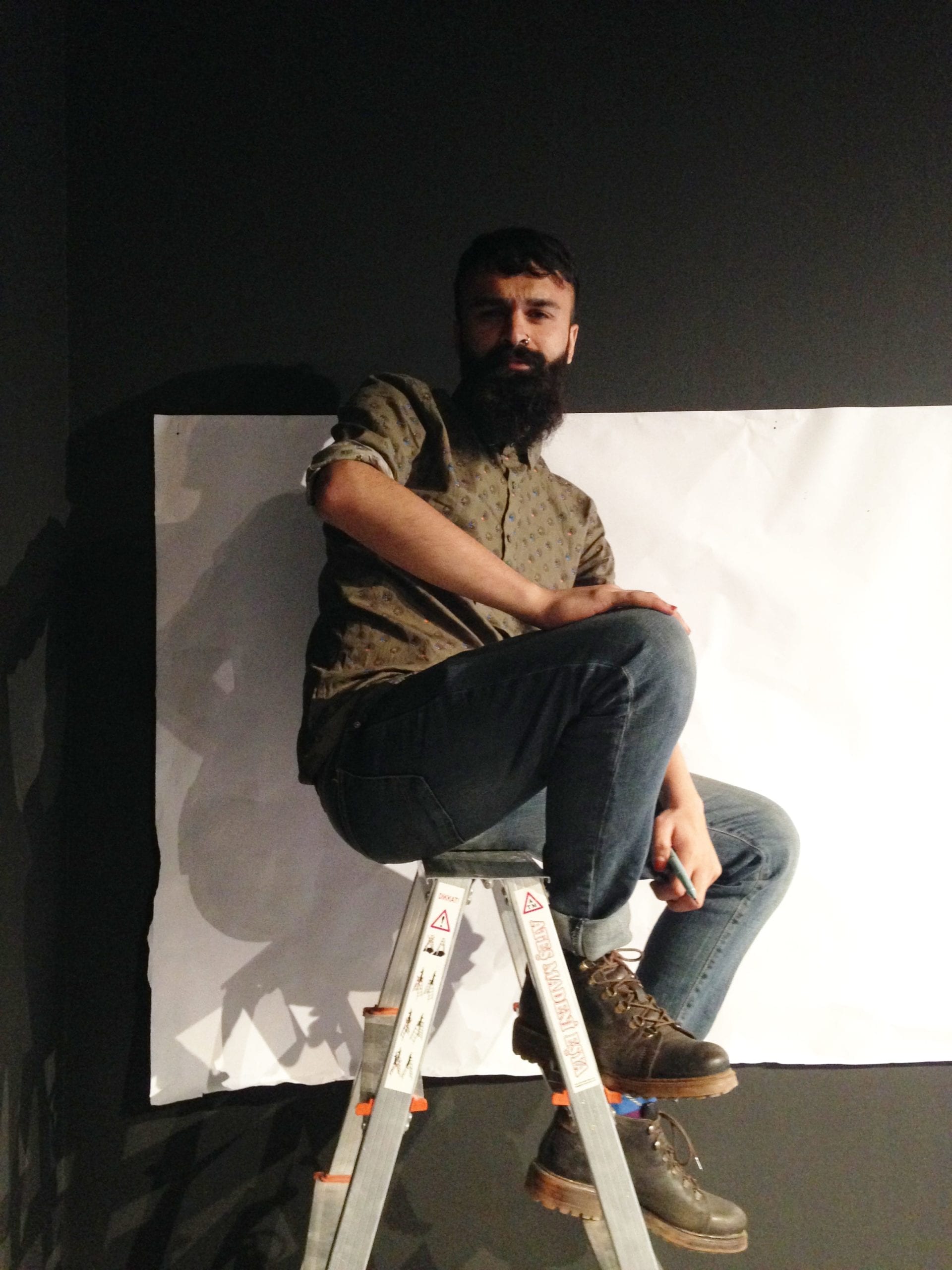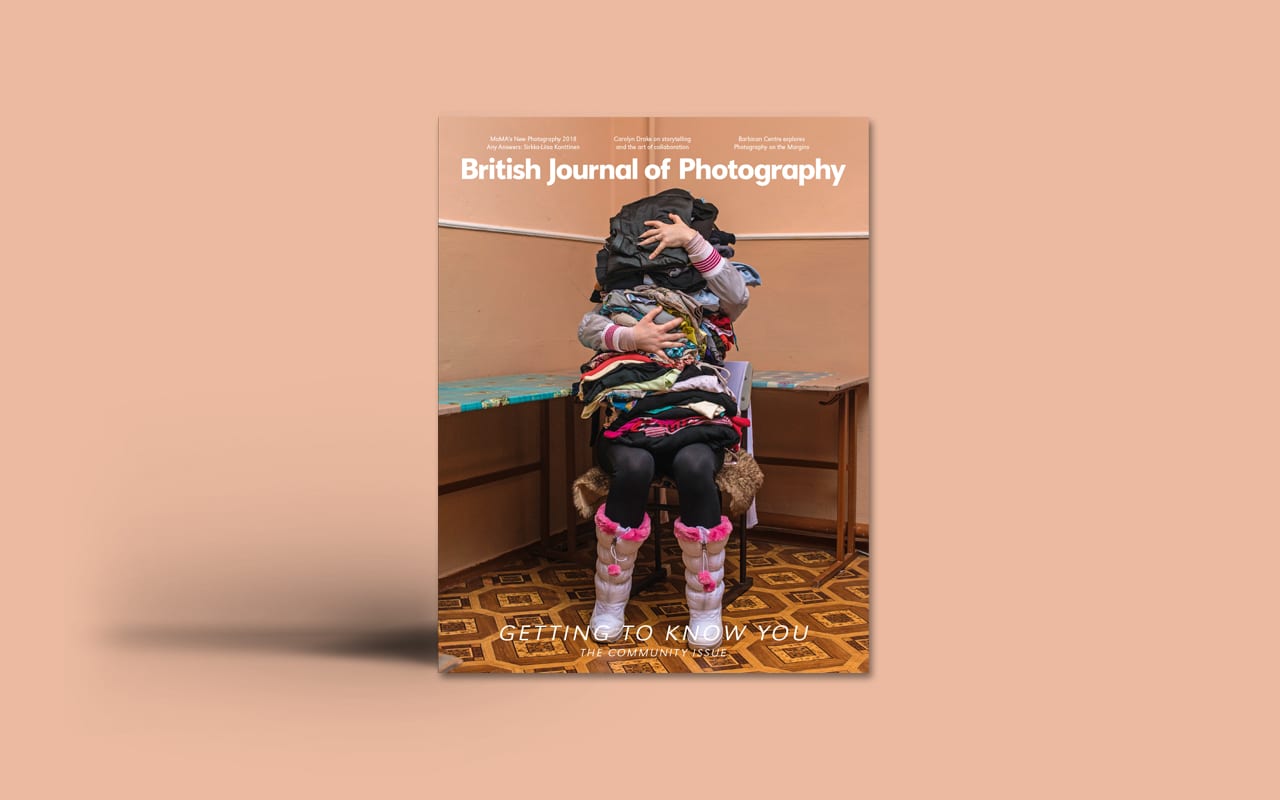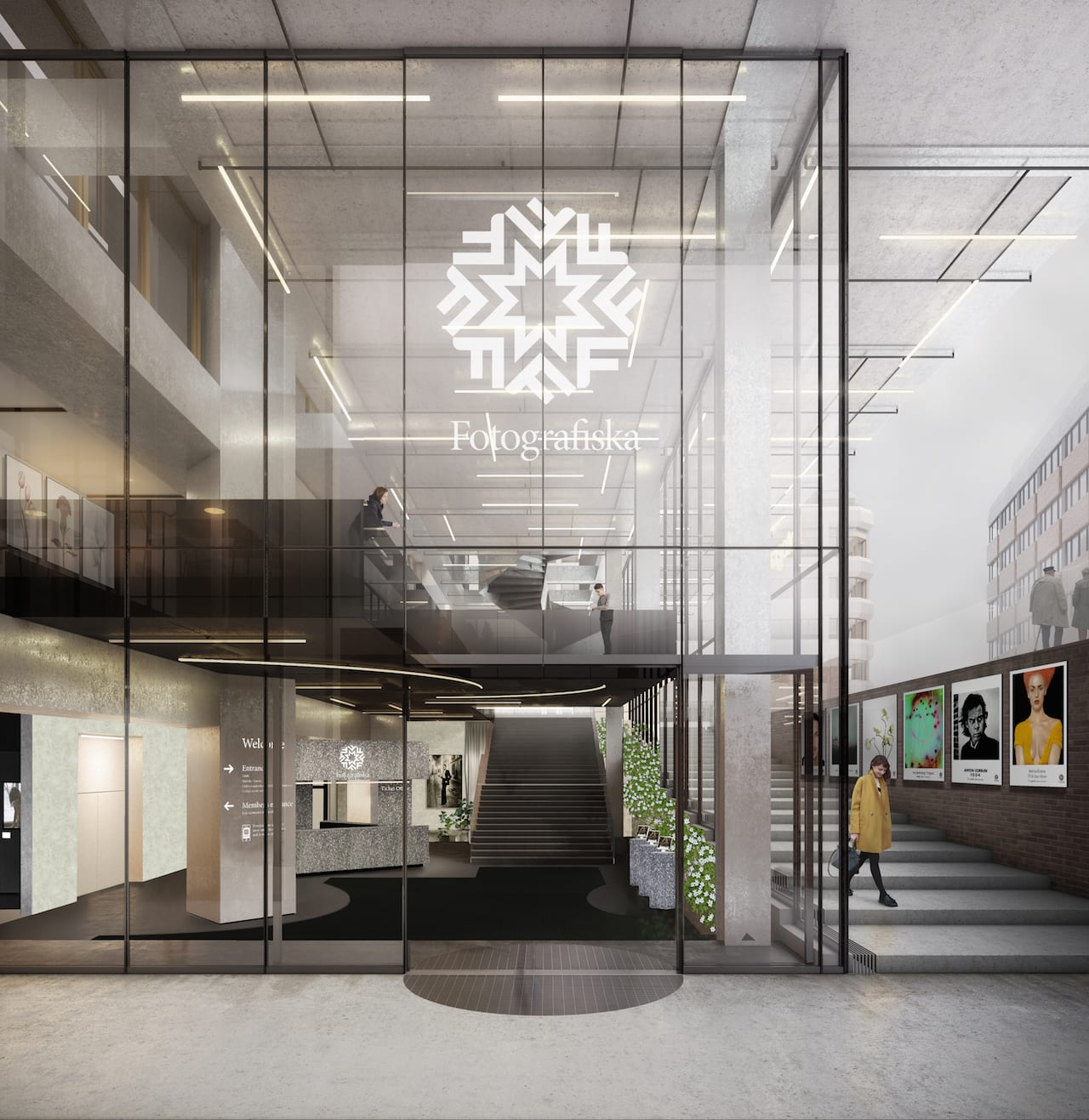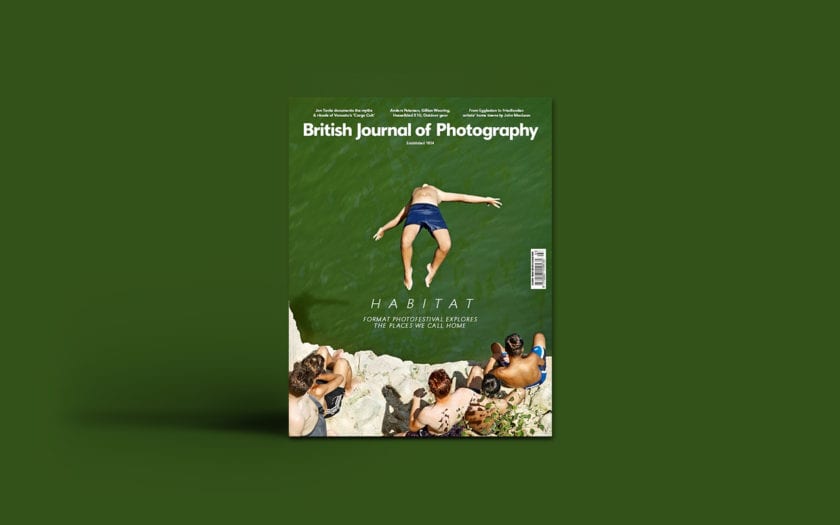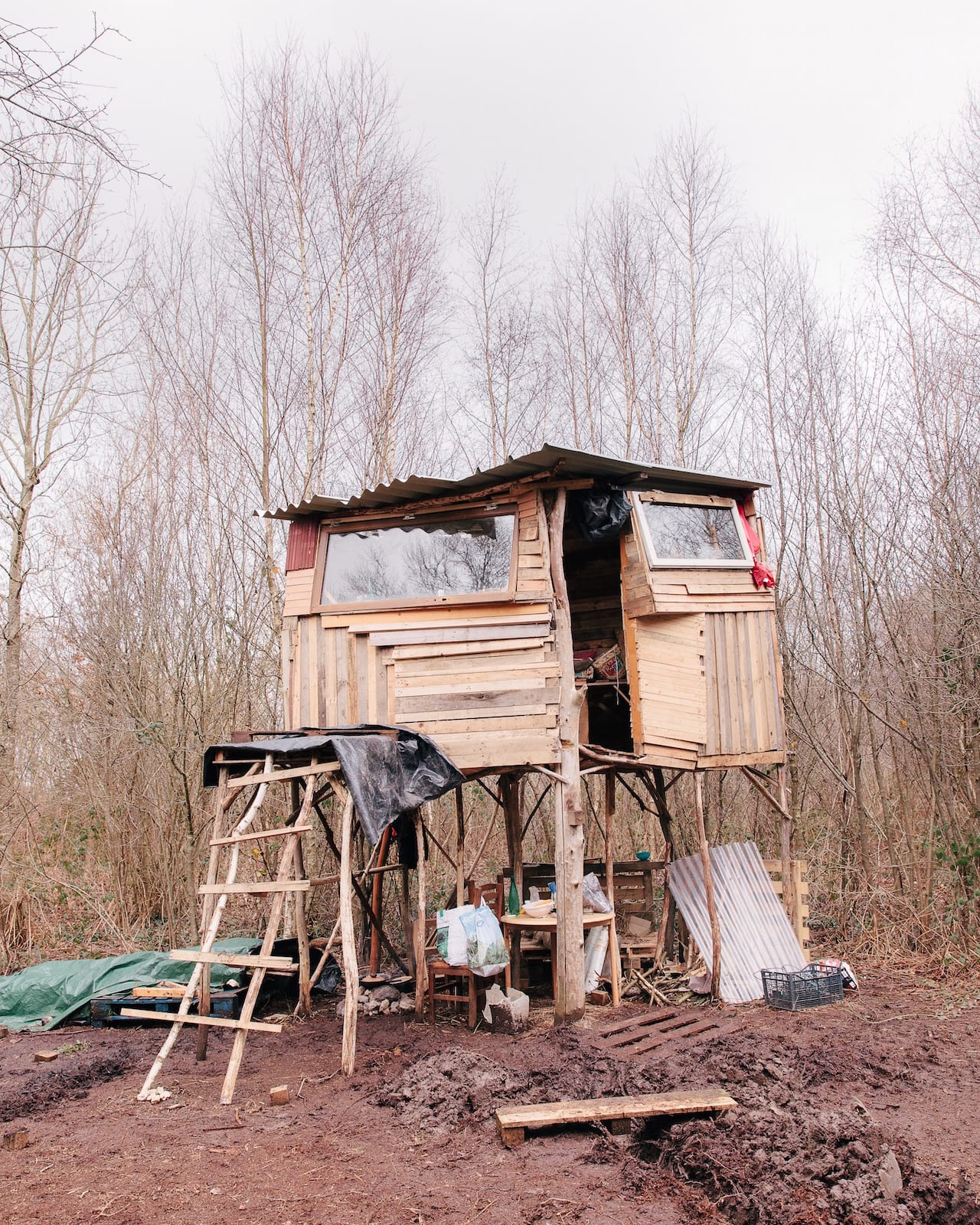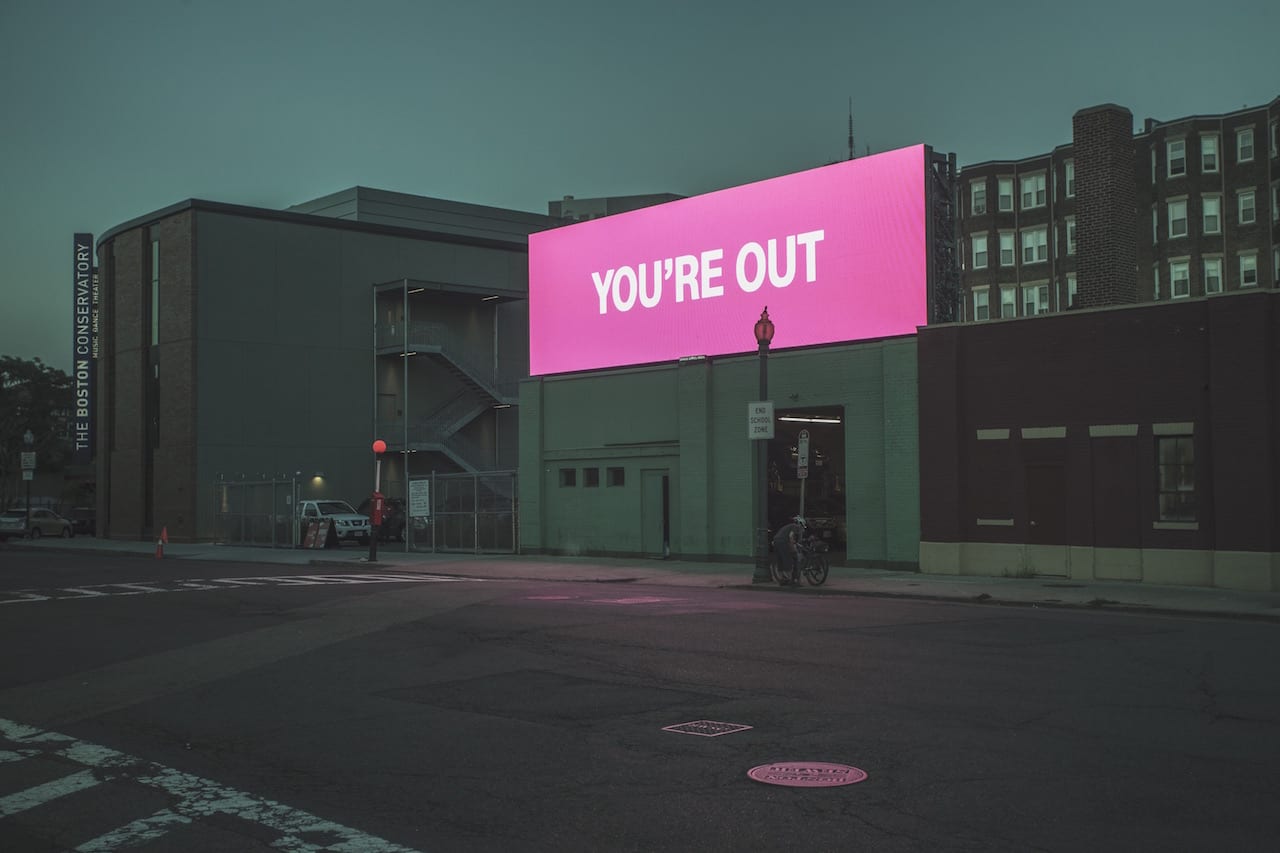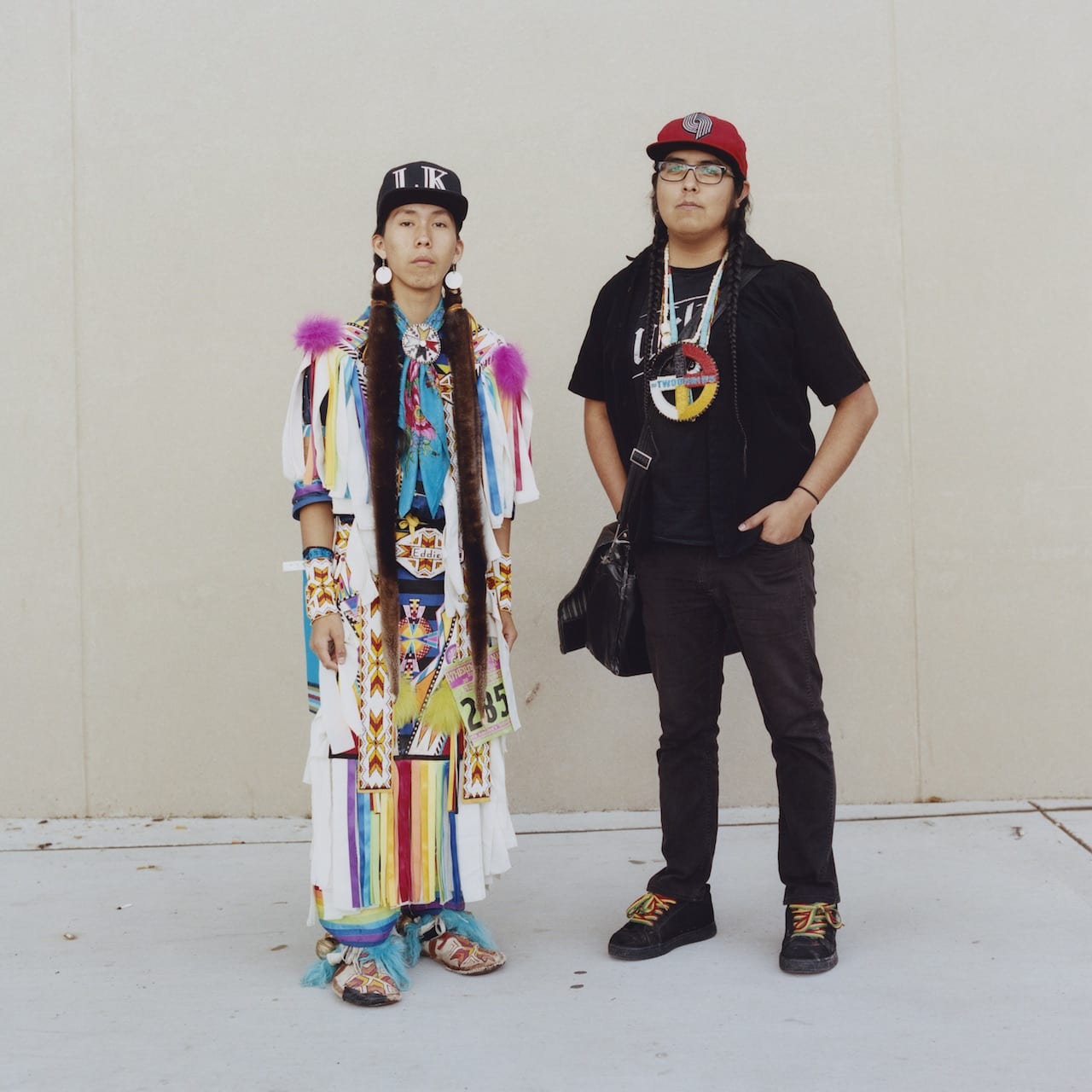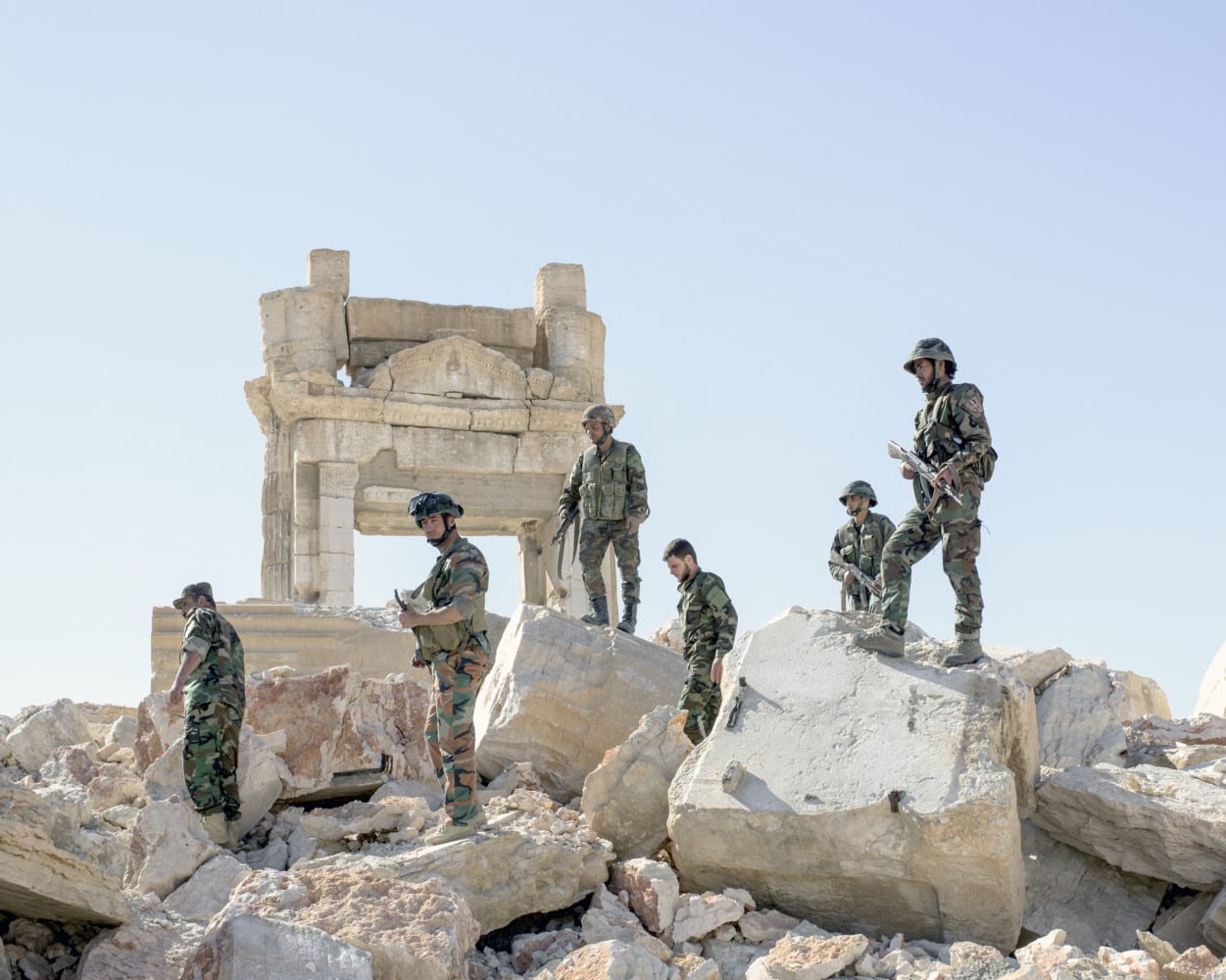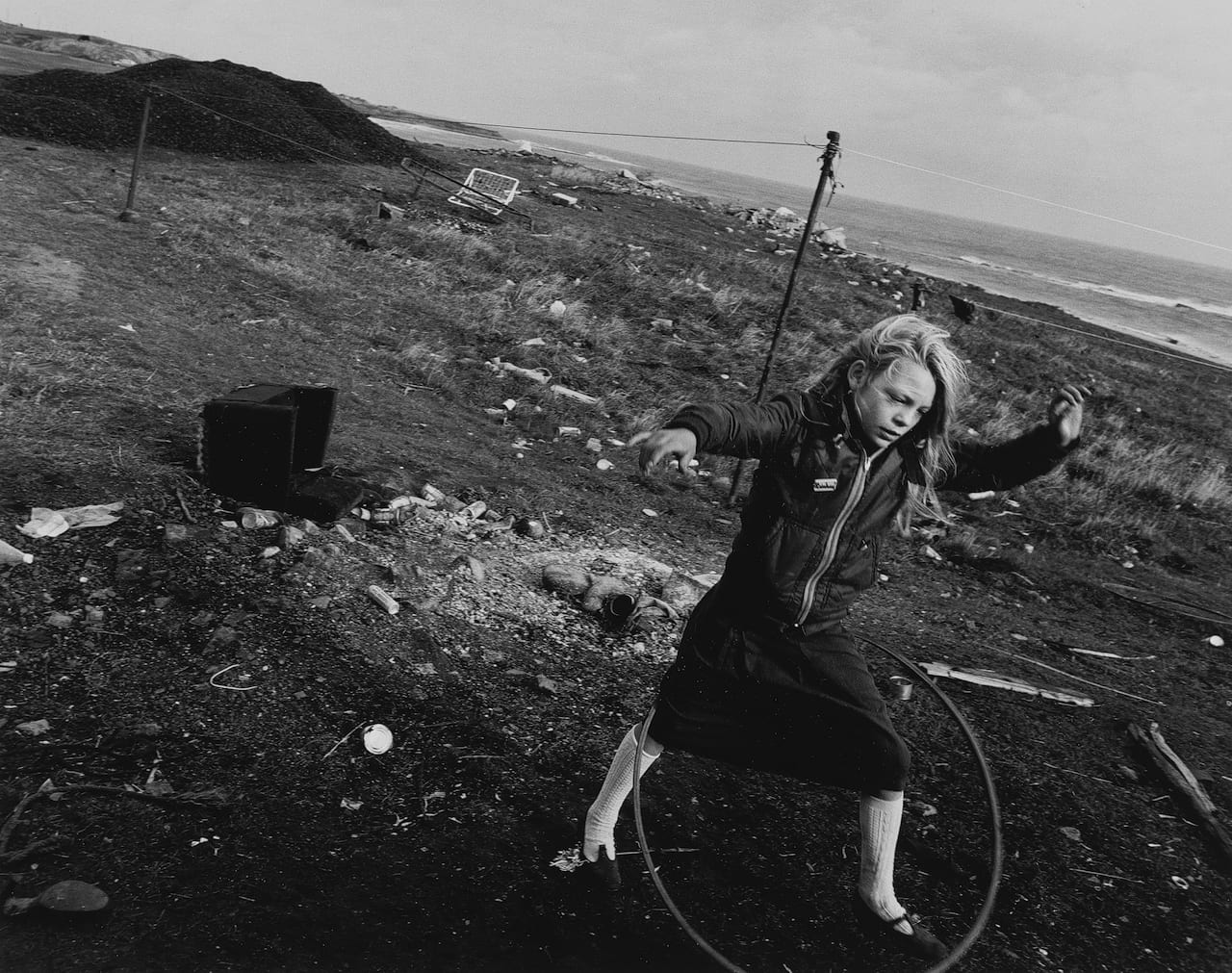The medium of photography is inherently entwined with memory and nostalgia, especially when it relates to family history. For Christopher Bethell, the recollections of his American grandfather, Joseph ‘Joey’ O’Donnell, were shaped by the few photographs he saw of his relative while growing up in the seemingly unglamorous northern town of Stockport, England. Joey passed away when Bethell was a baby, and the photographer developed a fiction around him – that of a jazz musician who had left his family for a doomed second shot at his career, before falling for the temptations of Las Vegas and ending up in an early grave. Yet when he eventually sat down with his grandmother to find out what she remembered of Joey and their life together in the US, he uncovered “a story that was far more complex and much less cinematic”. In an attempt to deconstruct his own romanticised timeline of his grandfather and – as a dual citizen of the UK and the US – to discover America for himself, Bethell took a six-week road trip taking in Boston, Los Angeles, San Francisco, Reno and Seattle in 2015, ending the journey in Clarkston, Washington, where his grandfather had settled at the end of his life. The subsequent series is affectionately titled The Duke of Earl, a reference to the song by Gene Chandler, which Joey had sung to his future wife the first time they met. Divided into four chapters, Bethell’s images are prefaced with a family photograph of Joey, each followed by its inscription on the back, penned by Joey.


